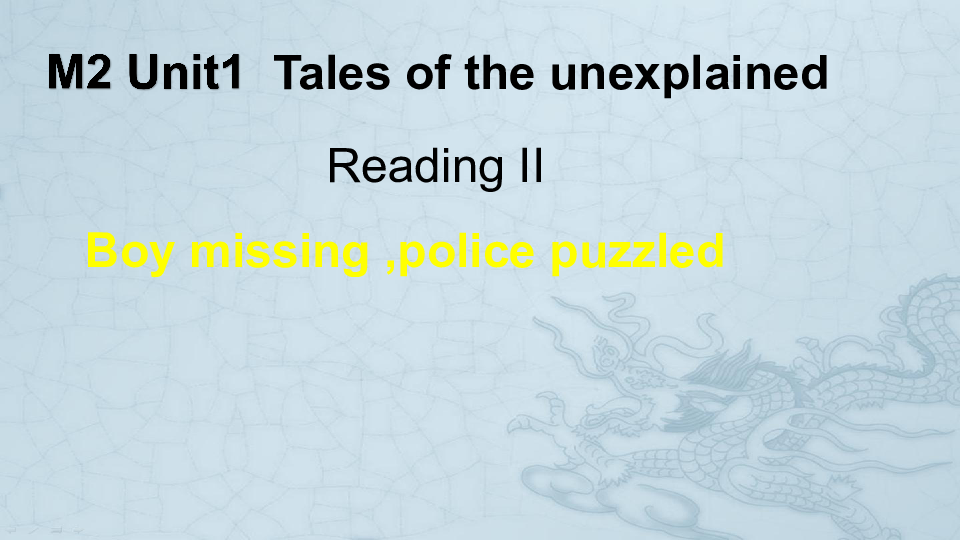Understanding the Role of FDG Uptake PET Scan in Cancer Diagnosis and Treatment Monitoring
#### What is FDG Uptake PET Scan?FDG Uptake PET Scan, or Fluorodeoxyglucose Positron Emission Tomography Scan, is a revolutionary imaging technique widely u……
#### What is FDG Uptake PET Scan?
FDG Uptake PET Scan, or Fluorodeoxyglucose Positron Emission Tomography Scan, is a revolutionary imaging technique widely used in the medical field, particularly in oncology. This advanced imaging modality helps in visualizing metabolic processes in the body, allowing healthcare professionals to detect cancerous cells and monitor the effectiveness of ongoing treatments.
#### Importance of FDG Uptake in Cancer Detection
The FDG Uptake PET Scan works by utilizing a radioactive glucose analog, FDG, which is preferentially absorbed by cells with high metabolic activity, such as cancer cells. When a patient undergoes this scan, they are administered a small amount of FDG, which accumulates in areas of increased metabolic activity. The scan then captures images that highlight these areas, making it easier for doctors to identify tumors and assess their size and location.
#### Applications of FDG Uptake PET Scan

1. **Cancer Diagnosis:** One of the primary applications of FDG Uptake PET Scan is in the early detection of various cancers, including lymphoma, breast cancer, lung cancer, and colorectal cancer. By detecting abnormalities at an early stage, healthcare providers can initiate treatment sooner, potentially improving patient outcomes.
2. **Staging of Cancer:** The FDG Uptake PET Scan is also crucial in determining the stage of cancer. It helps in assessing whether cancer has spread to lymph nodes or other organs, which is vital information for developing an effective treatment plan.
3. **Treatment Monitoring:** After the initiation of cancer treatment, FDG Uptake PET Scans are used to evaluate the effectiveness of therapies such as chemotherapy and radiation. By comparing scans taken before and after treatment, doctors can determine whether the cancer is responding to the therapy or if alternative treatments are necessary.
4. **Recurrence Detection:** For cancer survivors, FDG Uptake PET Scans serve as a valuable tool for monitoring potential recurrence. Regular scans can help in identifying any new cancer activity early, allowing for prompt intervention.

#### Benefits of FDG Uptake PET Scan
- **High Sensitivity:** FDG Uptake PET Scans have a high sensitivity for detecting malignant tumors, often outperforming other imaging methods such as CT or MRI.
- **Functional Imaging:** Unlike traditional imaging techniques that primarily provide structural information, FDG Uptake PET Scans offer insights into the metabolic activity of tissues, providing a more comprehensive view of the disease.
- **Guiding Treatment Decisions:** The information obtained from FDG Uptake PET Scans can significantly influence treatment decisions, helping oncologists tailor therapies to individual patients based on their specific cancer characteristics.

#### Conclusion
In summary, the FDG Uptake PET Scan is an essential tool in modern oncology, offering significant advantages in cancer detection, staging, treatment monitoring, and recurrence detection. Its ability to visualize metabolic activity provides crucial information that helps guide treatment decisions and improve patient outcomes. As technology continues to advance, the role of FDG Uptake PET Scans in cancer care is likely to expand, further enhancing our understanding and management of this complex disease.